
Clothing

We are currently revamping clothing & products line.
Check back or complete the contact form at the bottom of the page to be alerted when they are ready!
Greeting Cards
Printed full color 5x7 on 100# card stock and Classic Crest 80# envelopes. Blank inside.
Text under image is on the back of the card.
$4.50 ea plus shipping
To select more than one card, click the back button on your browser.

Round Tower at Monasterboice; an early Christian monastery founded in the late 5th century. It was an important center of religion and learning until the founding of nearby Mellifont Abbey in 1142.

The graveyard at Monasterboice surrounds the cross of Muiredach (left). Circa 9th century, the cross is the apex of the High Celtic Cross art form, combining both ancient Celtic and Christian symbolism.

Made up of 40,000 interlocking basalt columns, legend states Giants Causeway was built by Fionn mac Cumhaill to fight a Scottish giant; County Antrim, Northern Ireland.
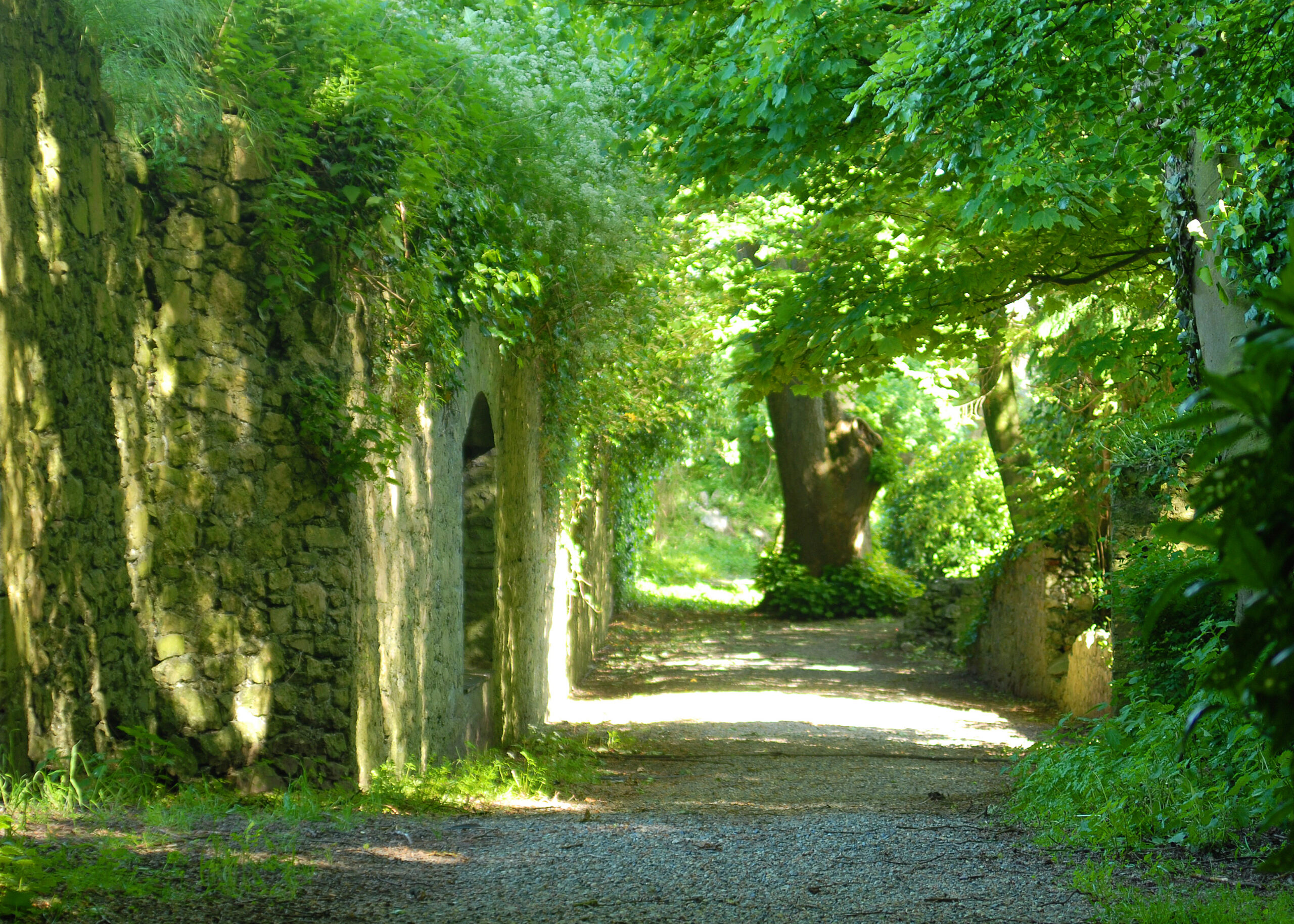
Bishops Walk through gardens, behind Rock of Cashel in County Tipperary, which contain descendants of the original hop plants used by Richard Guinness, founder of the Guinness brewery.

Standing 702 feet at highest point, the Cliffs of Moher stretch for five miles along the Atlantic coast of County Clare.
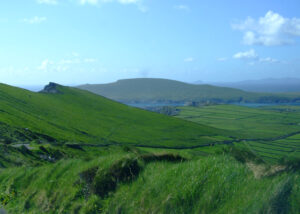
Breathtaking landscape of the Coomanaspig Pass in the
southwest of Ireland along the Skellig Ring in County Kerry.

The bronze sculpture, by Eamonn O’Doherty, represents the monks’ voyage to the monastery at Skellig Michael, County Kerry.
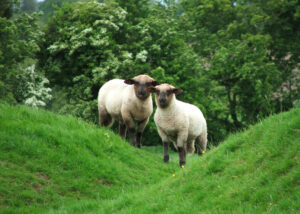
Curious lambs interrupt feeding to watch a photographer visiting the Hill of Tara, County Meath, once an ancient sacred ritual site. The Lia Fáil (Stone of Destiny) revealed the true High King of Ireland.

Named for the Connemara Region of County Galway, Connemara ponies possibly descended from Andalusian horses that escaped a Spanish Armada wreck.
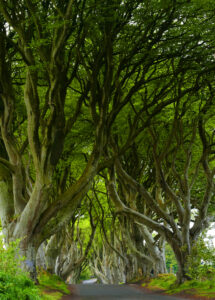
Two rows of beech trees line a quiet road near the town of Ballymoney in County Antrim, Northern Ireland.

Water gently tumbles amid the foliage at Bunratty Castle & Folk Park, County Clare.
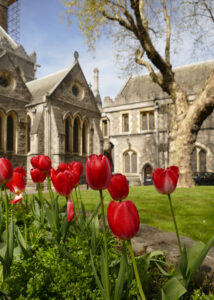
Springtime tulips make a joyful counterpoint to the monochromatic stones of Christ Church Cathedral, Dublin

Mountain in County Armagh, Northern Ireland, where the legendary Cú Chulainn received his name.

Stunning view from the top of Loughcrew Cairns, one of the four main passage tomb sites in Ireland.

Grave marker leaning from the ages;
St. Columba’s Church, Kells, County Meath.

A retired gandalow graces the watery world of Bunratty Folk Park, County Clare, located where the Shannon River merges with the large estuary before emptying into the Atlantic Ocean.

First built in the 13th century, Dunlace Castle is on the edge of basalt outcropping and accessible only by bridge connecting it to the mainland; County Antrim, Northern Ireland.

A grand manor house built circa 1818 surrounded by sheep and cattle west of the town of Clifden in Connemara region Galway, Western Ireland, went into ruin with the Great Potato famine in 1845.
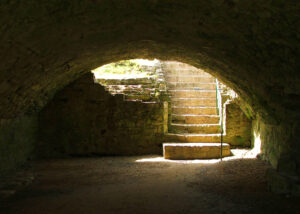
Easily defendable, this small opening to the Boyne River was used to offload goods and supplies arriving by boat to Trim Castle, County Trim, the largest Norman castle in Ireland..

The Rock of Cashel was the traditional meeting place for the High Kings of Ireland for several hundred years prior to the Norman invasion, County Tipperary.

Drama and solitude characterize the Burren, a large limestone escarpment on the far western coast of Ireland, internationally famous for its landscape and flora.
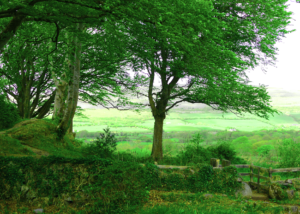
Looking beyond a faery fort to a picturesque valley in County Clare; faery forts are actually ancient ring forts preserved by nature for millennia.

Tourists mingle with locals for a pint, good conversation, and traditional music in the Temple Bar district of Dublin on the South bank of the River Liffey.

Snow white swans swim peacefully along a waterfront community of pastel houses in Southwest Ireland.
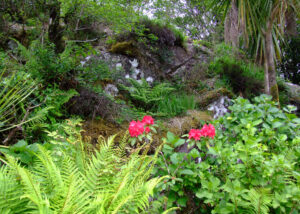
Beauty and new life among the grave stones
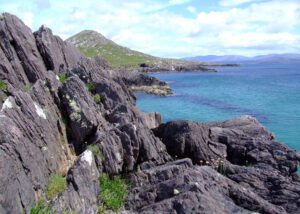
Rugged southwest coast of Ireland

Looking through the gardens to Glenveagh Castle in County Donegal, Ireland.
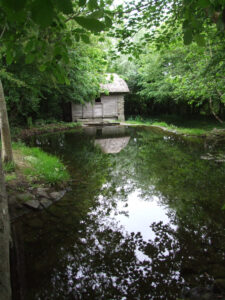
A working corn mill based on findings of an excavation in Mashanaglas, County Cork, is found in Bunratty Folk Park.
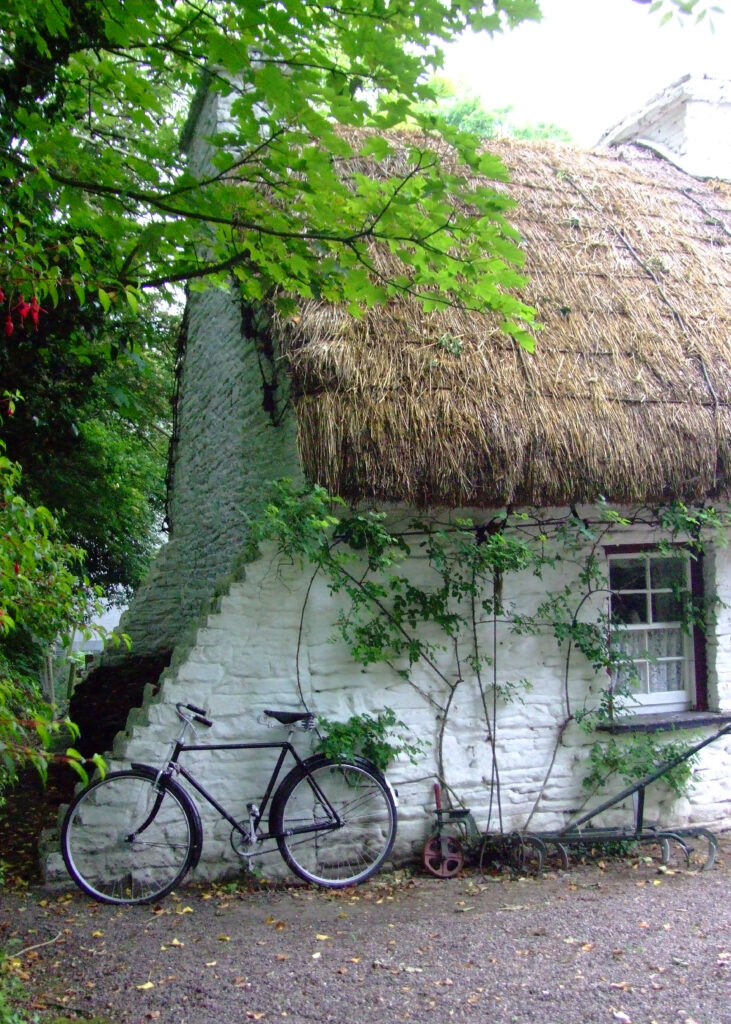
Thatched roof cottages were common buildings all over Ireland particularly in the inland swampy areas of County Clare, Ireland.
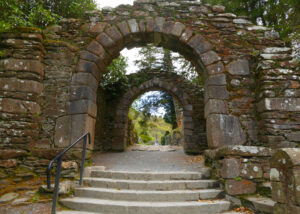
The entrance to Glendalough in County Wicklow, a Christian monastic settlement founded by St. Kevin in the 6th century.
Any questions, need help?
Let us know! Simply complete the contact form here or email us at: info@celtichf.org
Contact Us

The world is rich in diversity of culture. In the United States, there is a meeting of many cultures and the ones people came from can be forgotten over generations.
We strive to preserve Celtic heritage for Americans of Celtic descent so they may be connected to the threads of their past, present, and future.
© 2020-2022 Celtic Heritage Foundation. All Rights Reserved
contact us
info@CelticHF.org
